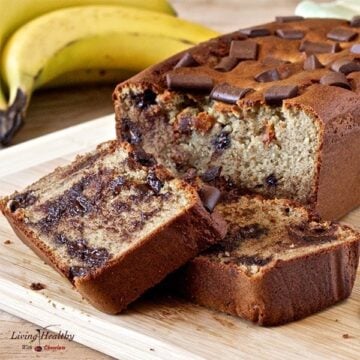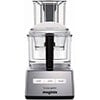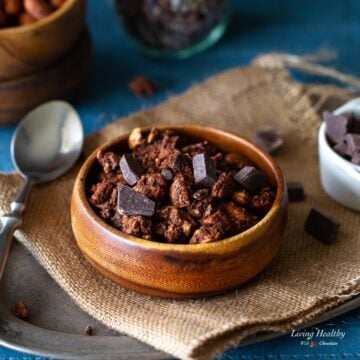Today I'm gonna be showing you how to blanch almonds, and how to make your own blanched almond flour at home.
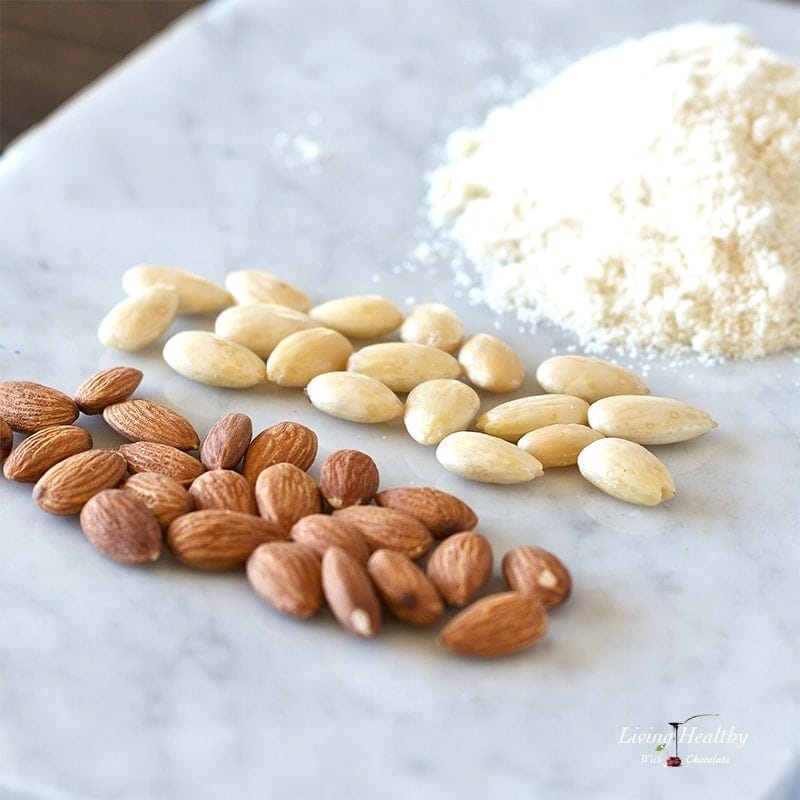
Blanching almonds means you're taking the skin off the almonds. The process is simple, so be sure to watch my video tutorial above.
You'll see that once the almonds are soaked in hot water for a few seconds, the skin slips right off when you squeeze them between your fingers. It's so easy to do, and takes no time. But one tip I can give you is to not let your almonds dry out! When they are dry, the skin sticks to the almonds again and you can't easily remove it. If this happens, you need to soak the almonds again to loosen the skin.
So my best tip is to process them as fine as you can, and then sift the flour through a fine mesh sieve to remove the lager chunks (see in video).
But you may be asking, why remove the skin off of the almonds to make almond flour?
The answer is simply because using blanched almond flour in baking gives baked goods a much fluffier and lighter texture. You can bake with regular almond flour, but if you do a comparison, you'll notice the different consistency.
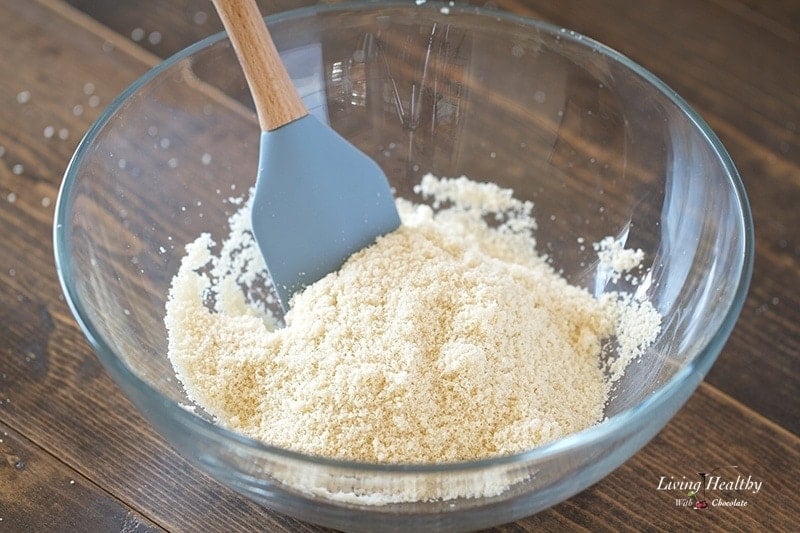
A final important note I want to make is that it's very hard to grind almonds to fine powder at home, so be sure to sift your flour. Commercial grinders do a better job, but like I always say, not all brands that sell almond flour give you good results in baking. My personal favorite brands are Honeyville, Welbee's, and Blue Diamond.
Below you can see I made a batch of muffins (recipe here), one using store-bought almond flour and the other using my homemade almond flour. The results are interesting and they both came out tasting delicious and had a great texture.

But there were some differences. As you can see the muffin made with my homemade almond flour is a little flatter on top. The texture inside was similar to the muffin made with store-bought flour, but it was not quite as fluffy. Also the batter was thinner, and seemed to not absorb some of the moisture in the recipe. In the end, both muffins were great, and if you use this method of making blanched almond flour at home, you'll also have good results.
Hope you give this a try, and after you bake with your homemade flour, please post your photos in the comments below so I can see the results.
Almond flour recipes to try
🎥 Watch the recipe video
Recipe
How to Blanch Almonds and Make Almond Flour
Ingredients
- 1 cup whole almonds
Instructions
Blanching Almonds:
- Fill a large pot with water and bring it to a boil. Once the water is boiling, add the almonds and cook for about 30 seconds.
- Place the almonds in a strainer and run them in cold water to cool them down. Remove the skin of each almond with your fingers. The skin should come right off.
- Spread the skinless almonds in one layer, in a large cookie sheet, and let them dry in a cool, dark place like your oven or pantry.
Making Almond Flour:
- Once your almonds are dry, place them in a food processor and pulse to break them down. Process them as fine as possible, but be careful to not process them too much or they will start to release some of the oils and turn into almond butter.
- Sift the flour with a fine mesh sieve to remove any larger chunks. Store your almond flour in an airtight container in a cool dark place like your pantry or fridge.
Notes
Shop Equipment Used
Nutrition per serving
*This post may contain affiliate links and as an Amazon Associate I earn from qualifying purchases. Please read my disclosure policy for more details.


